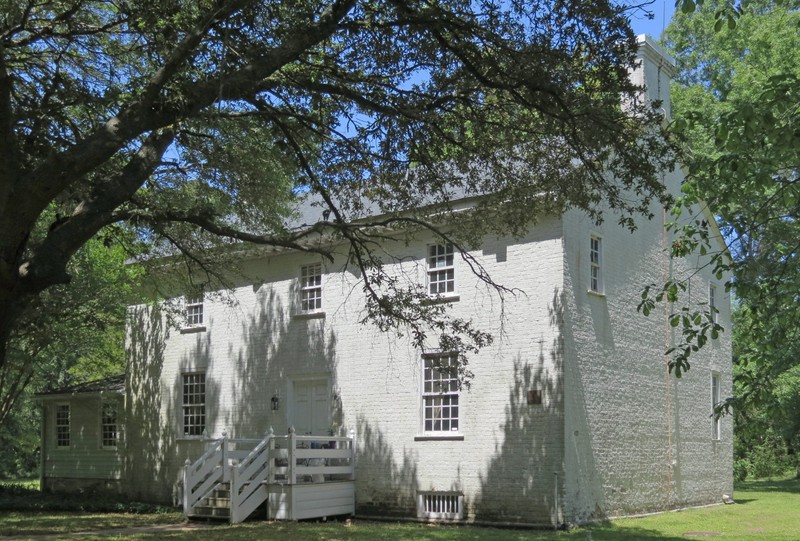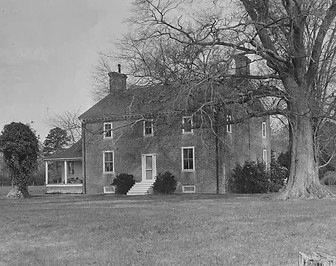The Upper Wolfsnare Plantation
Introduction
Text-to-speech Audio
Constructed in 1759, the three-acre Upper Wolfsnare Plantation lies in the former Princess Anne now Virginia Beach County. The property claims an impressive two story plantation house featuring Georgian style architecture. Thomas Walke III constructed and resided in the dwelling for two years after dying and then passing it down. Ever since the Plantation’s construction, it has claimed rich history from its prominent dwellers, impressive 18th century architecture, and longevity.
Images
Upper Wolfsnare House 2022

Upper Wolfsnare House 1939

Backstory and Context
Text-to-speech Audio
Construction began in the year 1759 following the death of Thomas Walke, who willed the farm to his son, Thomas Walke III. Walke III oversaw the construction of the Upper Wolfsnare House which was contained on a 7,000 acre plantation. However, Walke III died two years after the building project and subsequently passed the Upper Wolfsnare Plantation down three generations. Thomas IV, a Whig who now claimed the estate, participated in the ratification of the United States Constitution in the state of Virginia. The year 1822 marked the end of the Walke family’s ownership of the property as it was then sold to John Cornick. Throughout the eighteen and nineteen hundreds the plantation underwent several ownership changes until 1966 when the property was purchased and officially handed over to the Princess Anne Historical Society. Today the property is listed on the Virginia Landmarks Register and the National Register of Historical Places, serving a museum open to the public.
Initially, the plantation was known as Brick House Farm until it was renamed Upper Wolfsnare in 1939. The house features a Flemish-bond brick structure that was painted white in the twentieth century. The gable style roof holds two interior end chimneys that protrude at opposite ends of the roofing. First and second story windows line all sides of the dwelling along with the south-facing first story front door. Inside, the house contains a central hallway, which features original wooden wainscoting with rooms on each side. At the end of the central passage a staircase runs from the cellar all the way up to the second floor.
Showcasing the rich history of Virginia Beach, the Upper Wolfsnare Plantation serves as a testament to the significance of Virginia in the grand scope of American history. Having deep roots in the eighteenth century and into the present, the Upper Wolfsnare Plantation was created in and represents early America in Virginia Beach. Today, the plantation carries out the legacy of its past through its open hours to the public and museum in an effort to promote historical awareness within the Virginia Beach community.
Sources
"134-0034 Upper Wolfsnare." DHR | Virginia Department of Historic Resources, Virginia Department of Historic Resources, www.dhr.virginia.gov/historic-registers/134-0034/. Accessed 15 Jan. 2023.
"Upper Wolfsnare Plantation." VB Gov, City of Virginia Beach, www.vbgov.com/government/departments/planning/boards-commissions-committees/Pages/VB%20Historical%20Register/Upper-Wolfsnare-Plantation.aspx. Accessed 15 Jan. 2023.
Edwards, David. Upper Wolfsnare House. 2022. DHR, www.dhr.virginia.gov/historic-registers/134-0034/. Accessed 12 Feb. 2023.
Upper Wolfsnare House 1939. 1939. Virginia Beach History, Wix, www.virginiabeachhistory.org/about-us. Accessed 12 Feb. 2023.
